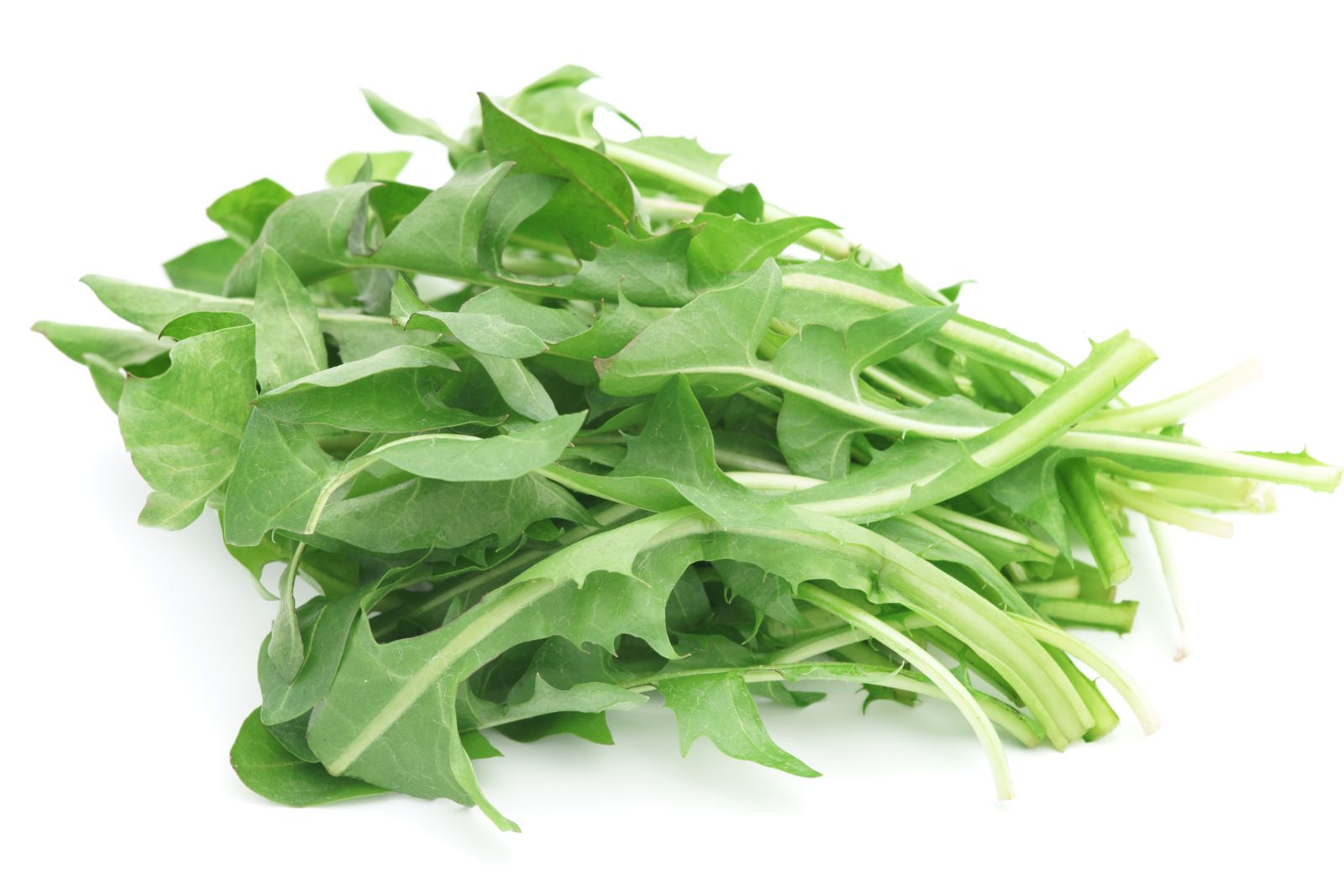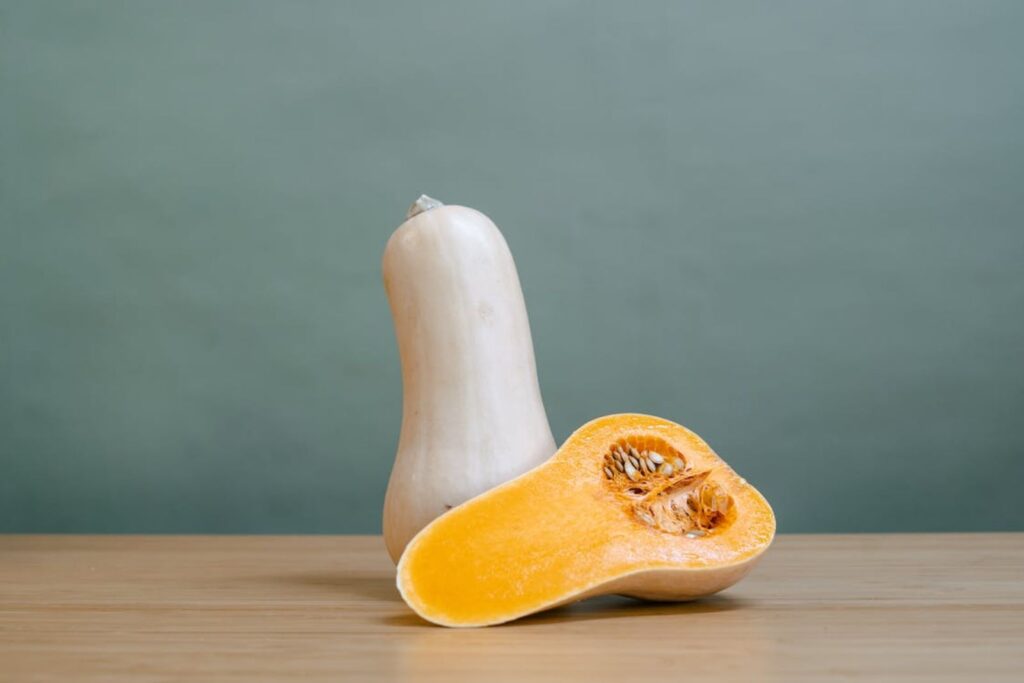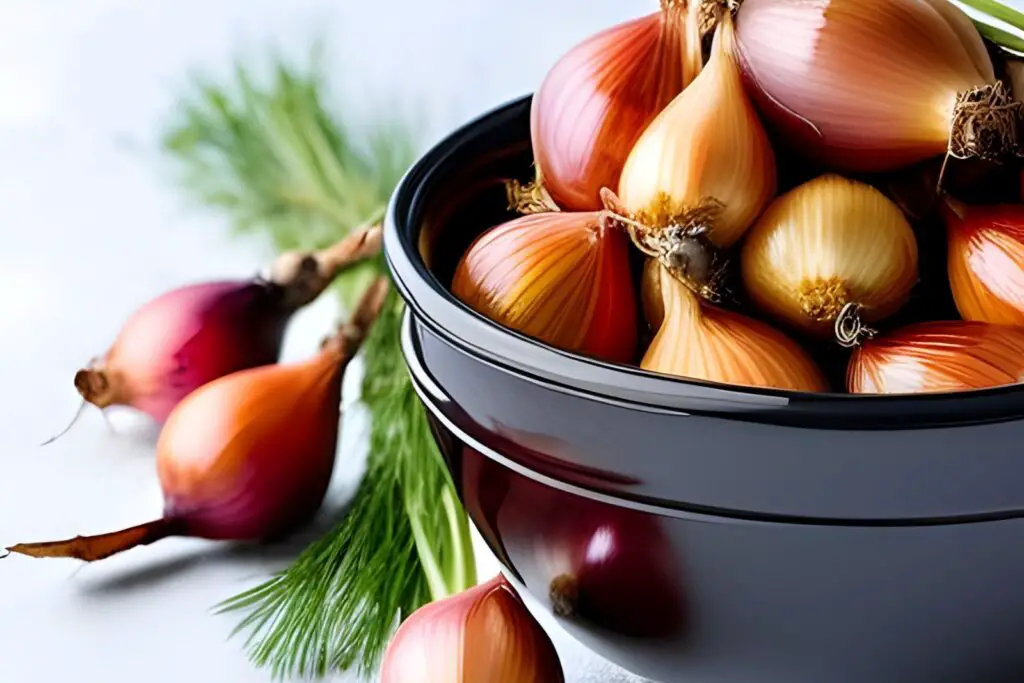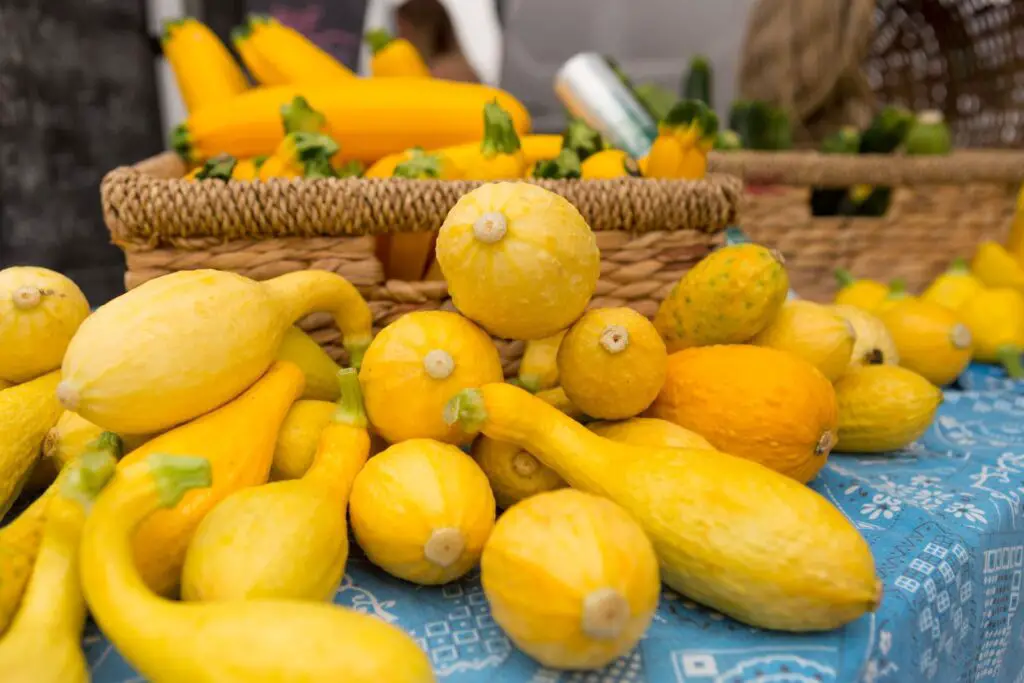
Dandelion greens are a nutritious and often overlooked leafy green vegetable that grows abundantly in gardens, fields, and even urban landscapes. These bitter greens, which are the edible leaves of the dandelion plant, offer a wealth of health benefits and a unique flavor profile. With their slightly peppery and earthy taste, dandelion greens can be enjoyed raw in salads or cooked in various dishes. Freezing dandelion greens can be an excellent way to extend their availability and enjoy their nutritional value throughout the year. By freezing dandelion greens, you can preserve their vibrant color, texture, and flavor, allowing you to incorporate them into your favorite recipes whenever you desire. In the following section, we will explore the process of freezing dandelion greens and provide tips for ensuring their quality after thawing.
Here’s a step-by-step guide to freezing dandelion greens:
Step 1: Prepare the dandelion greens
Before freezing dandelion greens, it’s crucial, to begin with fresh and clean leaves. By carefully selecting the right greens and properly cleaning them, you can ensure the best quality and flavor when you eventually use them.
Start by choosing young dandelion greens that are tender and vibrant in color. These younger leaves tend to be less bitter and more enjoyable to eat. Avoid any greens that show signs of damage, discoloration, or wilting, as these may affect the taste and texture of the frozen greens.
Once you have your dandelion greens, it’s time to clean them thoroughly. Fill a sink or a large bowl with cold running water. Holding the bunch of greens by the stems, submerge them in the water and gently agitate them to dislodge any dirt, sand, or debris that may be clinging to the leaves. Move the greens around and separate them to ensure that all surfaces are cleaned.
After rinsing, transfer the greens to a colander or a clean kitchen towel to drain excess water. Be gentle when handling the greens to avoid damaging them. Once most of the water has drained off, carefully pat the dandelion greens dry using a clean kitchen towel or paper towel. Removing excess moisture is important to prevent ice crystals from forming during the freezing process, which can lead to freezer burn and diminish the quality of the greens.
This step is vital for preserving their flavor, color, and nutritional value, allowing you to enjoy the vibrant taste of dandelion greens even after they’ve been frozen.
Can I freeze dandelion greens directly without rinsing them?
It is not recommended to freeze dandelion greens without rinsing them first. Rinsing the greens is an essential step to remove dirt, debris, and any potential contaminants. Failure to rinse the greens may result in a compromised flavor and texture once they are thawed and cooked. Additionally, rinsing helps to ensure the greens are clean and safe for consumption. Therefore, it is advisable to thoroughly rinse the dandelion greens before proceeding with the freezing process.
Can I freeze dandelion greens if they have turned slightly yellow?
It is generally not recommended to freeze dandelion greens if they have turned slightly yellow. Yellowing is an indication that the greens are past their peak freshness and may have started to deteriorate. Freezing them in this state can result in further loss of quality, including texture and flavor. It is best to use fresh, vibrant green dandelion greens for freezing to ensure the best results.
Step 2: Blanch the dandelion greens
Blanching is an essential process in freezing dandelion greens as it helps preserve their texture, color, and nutritional value. By briefly immersing the greens in boiling water, enzymatic activity is halted, and any potentially harmful microorganisms are killed. Additionally, blanching helps retain the vibrant green color of the greens, ensuring they remain visually appealing even after freezing.
To begin the blanching process, fill a large pot with water and bring it to a rolling boil. Adding a pinch of salt to the boiling water can help enhance the flavor of the greens. The salt is optional but can contribute to the overall taste of the final dish.
Once the water is boiling, carefully add the cleaned dandelion greens to the pot. It’s important to handle the greens gently to avoid bruising or damaging them. Submerge the greens fully in the boiling water, ensuring they are all immersed.
Allow the dandelion greens to blanch in the boiling water for about 2 minutes. The exact time may vary slightly depending on the thickness and maturity of the greens, so it’s a good idea to monitor them closely. Blanching for too long can cause the greens to become overly soft and lose their vibrant color, while under-blanching may not adequately stop the enzymatic activity.
Blanching serves several purposes in freezing dandelion greens. First, it helps destroy enzymes that can cause the greens to deteriorate and lose their flavor and texture over time. Second, blanching helps retain the natural pigments responsible for the greens’ vibrant green color, ensuring they look appealing even after freezing. Lastly, blanching also serves as a pre-treatment to reduce the risk of potential microbial contamination, making the greens safer to consume.
Can I freeze dandelion greens without blanching them?
While blanching dandelion greens before freezing is highly recommended, it is possible to freeze them without blanching. However, keep in mind that blanching helps preserve the texture, color, and nutritional value of the greens. Without blanching, the greens may lose their vibrant color and become mushy when thawed. Blanching also helps to deactivate enzymes that can cause bitterness and deterioration during storage. For the best results, it is advisable to blanch dandelion greens before freezing to maintain their quality.
Step 3: Cool the greens quickly
After blanching the dandelion greens, it is crucial to cool them quickly to halt the cooking process. Rapid cooling helps preserve the freshness, vibrant color, and crisp texture of the greens, ensuring their quality is maintained during the freezing process.
To cool the blanched dandelion greens, prepare a large bowl filled with ice water. The ice water bath acts as a shock absorber, rapidly reducing the greens’ temperature and preventing them from overcooking or losing their vibrant color.
Using a slotted spoon or tongs, carefully transfer the blanched dandelion greens from the pot of boiling water to the ice water bath. Submerge the greens fully in the icy water, allowing them to cool down completely. It usually takes about 2 minutes for the greens to reach the desired cool temperature, but you can leave them for a bit longer if needed.
The ice water bath works by quickly lowering the temperature of the greens, effectively stopping the cooking process. This helps preserve their natural crispness and ensures that they retain their vibrant green color. Cooling the greens rapidly also helps to lock in their nutritional value, maintaining their vitamins, minerals, and other beneficial compounds.
Step 4: Drain and pat dry
After cooling the dandelion greens in the ice water bath, it is important to drain them thoroughly and remove any excess moisture before freezing. This step helps prevent the formation of ice crystals during freezing, which can negatively affect the texture, flavor, and overall quality of the greens.
Remove the dandelion greens from the ice water bath, allowing any excess water to drip off. You can gently shake them or use your hands to squeeze out any remaining moisture carefully. However, be gentle to avoid damaging or bruising the greens.
To further remove moisture, lay the blanched and drained dandelion greens on a clean kitchen towel or a layer of absorbent paper towels. Spread them out in a single layer, ensuring that they are not overcrowded. Then, gently pat the greens dry using a towel or paper towel. This will help absorb any remaining moisture and minimize the risk of ice crystal formation.
Removing excess moisture is crucial because the presence of water can lead to the formation of ice crystals during freezing. These ice crystals can cause cell damage and affect the texture and flavor of the greens once thawed. By patting the dandelion greens dry, you are minimizing the amount of moisture present and reducing the likelihood of freezer burn or deterioration during storage.
Step 5: Portion and package
After draining and patting dry the dandelion greens, it’s time to portion them and package them for freezing. Properly portioning and packaging the greens will help maintain their quality, prevent freezer burn, and make it easier to retrieve the desired amount when needed.
First, decide whether you want to freeze the dandelion greens in individual servings or as a whole. Individual servings are convenient if you plan to use them in specific recipes or if you prefer portion-controlled servings. Alternatively, you can freeze them as a whole if you prefer to have more flexibility in using them later.
Place the cooled and dried dandelion greens into freezer-safe bags or airtight containers. Freezer-safe bags are a popular choice as they are flexible, take up less space in the freezer, and allow for easy portioning. Airtight containers, such as plastic containers or glass jars with tight-fitting lids, are suitable if you prefer a more rigid and stackable storage option.
When packaging the greens, it is important to remove as much air as possible from the bags or containers. The presence of air can cause freezer burn, which can negatively impact the quality and taste of the greens. For bags, gently press out the excess air before sealing them tightly. If using containers, make sure they are well-sealed to prevent moisture from entering and freezer burn from occurring.
Proper portioning and packaging of the dandelion greens before freezing will help maintain their texture, flavor, and nutritional value. By removing excess air and sealing them tightly, you minimize the risk of freezer burn and ensure that the greens stay fresh and delicious. Additionally, labeling the packages allows for easy organization and identification in your freezer, making it more convenient to retrieve and use the desired amount of frozen dandelion greens in your recipes.
Step 6: Label and date the package
Labeling and dating the package is an important step in freezing dandelion greens. By clearly indicating the contents and the date of freezing on the freezer-safe bags or containers, you ensure easy identification, proper rotation, and optimal usage of the frozen greens.
Using a permanent marker, write the contents (dandelion greens) and the date of freezing on each package. This information serves as a quick reference, allowing you to easily identify the contents without having to open each bag or container. It is especially helpful when you have multiple items stored in the freezer, as it eliminates the need for guesswork.
In addition to identifying the contents, dating the package is equally important. By including the date of freezing, you have a record of when the dandelion greens were stored. This information is valuable for maintaining their freshness and quality. Dandelion greens are best consumed within a certain timeframe to ensure optimal taste and texture. With the date labeled on the package, you can easily track how long they have been in the freezer and make informed decisions about their usage.
Properly labeled packages enable you to practice proper rotation and use the oldest frozen dandelion greens first. This helps prevent freezer burn and ensures that you enjoy the best quality greens when preparing your favorite dishes. It also reduces waste by ensuring that no greens are forgotten or left unused for an extended period.
Step 7: Freeze the dandelion greens
After properly packaging the dandelion greens, it’s time to transfer them to the freezer for long-term storage. Follow these steps to ensure optimal freezing and preservation of the greens.
First, select a flat surface in your freezer where you can place the packaged dandelion greens. Placing them flat allows for easy stacking and maximizes space utilization, ensuring efficient use of your freezer’s capacity. Avoid placing them in a way that may cause them to be squished or bent, as this can affect their texture and quality.
Before placing the greens in the freezer, make sure that the freezer is set to a temperature below 0°F (-18°C). This temperature ensures that the greens freeze quickly, preserving their taste, texture, and nutritional value. It also helps to inhibit the growth of microorganisms that can cause spoilage.
When placing the packaged dandelion greens in the freezer, be mindful of any existing items to avoid overcrowding or damaging the packages. Give enough space around each package for proper airflow, which helps maintain a consistent freezing temperature.
Other related questions
How should I thaw frozen dandelion greens?
To thaw frozen dandelion greens, it is best to transfer them from the freezer to the refrigerator. Place the package of frozen greens in a bowl or on a plate to catch any potential moisture as they thaw. Allow the greens to thaw slowly in the refrigerator for several hours or overnight. Once fully thawed, gently pat them dry if needed before using them in your preferred recipes. Avoid thawing dandelion greens at room temperature or using methods like microwaving, as these can lead to uneven thawing and potential loss of texture and flavor.
How long can I store frozen dandelion greens?
When properly stored in the freezer, frozen dandelion greens can be stored for around 8 to 12 months. However, for the best quality and flavor, it is recommended to consume them within the first 6 to 8 months. Over time, frozen greens may experience some loss in texture and flavor, so it’s ideal to use them within a reasonable timeframe. It’s important to label the packages with the date of freezing to keep track of their storage duration and ensure you prioritize using the older batches first.
Can I refreeze dandelion greens that have been previously thawed?
It is generally not recommended to refreeze dandelion greens that have been previously thawed. Each freeze-thaw cycle can affect the texture, flavor, and quality of the greens. Refreezing can lead to further degradation, resulting in a loss of crispness and overall freshness. To ensure the best taste and texture, it is advisable to use the thawed dandelion greens promptly rather than refreezing them.
How do I know if my frozen dandelion greens have gone bad?
To determine if your frozen dandelion greens have gone bad, there are a few signs to look for. First, check for any unusual odor or off-putting smell. If the greens emit a strong, unpleasant odor, it may indicate spoilage. Additionally, visually inspect the greens for any discoloration, freezer burn, or significant changes in texture. If the greens appear excessively mushy, slimy or have developed ice crystals, it’s a sign of deterioration. Trust your senses and if in doubt, it is best to discard the frozen dandelion greens to avoid any potential health risks.
Can I use frozen dandelion greens with the fresh ones?
Yes, you can use frozen dandelion greens alongside fresh ones in your recipes. Mixing frozen and fresh greens allows you to enjoy both benefits, providing convenience and variety. However, it’s important to consider that frozen greens may have a slightly different texture after thawing compared to fresh greens. Adjust cooking times accordingly and keep in mind that frozen greens may release more moisture during cooking. Experiment with different combinations to find the balance that suits your preferences and culinary needs.
Can I freeze dandelion greens if they have been seasoned with spices or herbs?
Yes, you can freeze dandelion greens that have been seasoned with spices or herbs. However, it’s important to note that the flavors of the spices and herbs may intensify during freezing and thawing. Keep this in mind when seasoning the greens, as the flavors may become more pronounced in the final dish. Consider adjusting the seasoning accordingly to achieve the desired taste when using the frozen, seasoned dandelion greens.
Can I freeze dandelion greens that have been grown in my garden?
Absolutely! You can freeze dandelion greens that have been grown in your garden. Freezing homegrown greens allows you to preserve their freshness and nutritional value for future use. Just ensure that you follow the proper steps of cleaning, blanching, and packaging the greens before freezing to maintain their quality.
Can I freeze dandelion greens with the stems attached?
Yes, you can freeze dandelion greens with the stems attached. However, it is essential to note that the stems tend to be more fibrous and can become tough after freezing and thawing. If you prefer to have more tender greens, you may consider removing the stems before freezing. Ultimately, the decision to freeze dandelion greens with or without the stems depends on your personal preference and intended use.
Can I freeze dandelion greens if they have been cooked in a soup or stew?
Yes, you can freeze dandelion greens that have been cooked in a soup or stew. However, keep in mind that the texture of the greens may change slightly after freezing and thawing. They might become softer or more wilted compared to their original state. If you are comfortable with the potential texture change, you can freeze the cooked dandelion greens along with the soup or stew for convenient future meals.








